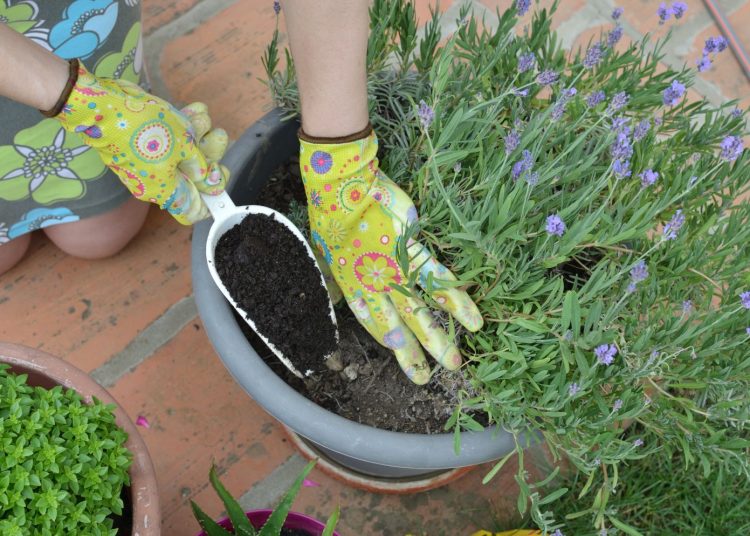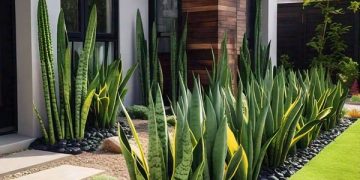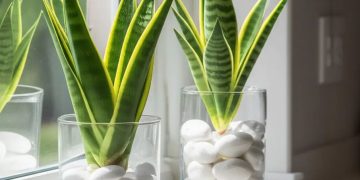Lavender is a hardy, fragrant herb that thrives in sunny locations with well-drained soil. Native to the Mediterranean, this plant prefers lean soil and does not need much pampering. However, choosing the right fertilizer can encourage healthy growth, vibrant blooms, and strong aromatic oils. So, what is a good fertilizer for lavender? Let’s explore the best options and tips for fertilizing your lavender plants the right way.
Understanding Lavender’s Nutrient Needs
Lavender prefers low to moderately fertile soil. Over-fertilizing can lead to leggy growth, fewer flowers, and diminished scent. The key is balance — lavender needs some nutrients, but too much nitrogen, in particular, can do more harm than good.
Key Nutrients for Lavender
Phosphorus (P): Promotes blooming and root development.
Potassium (K): Enhances overall plant health and essential oil production.
Low Nitrogen (N): Excessive nitrogen causes rapid leafy growth but fewer flowers.
Best Types of Fertilizer for Lavender
1. Low-Nitrogen Fertilizer
Look for a balanced fertilizer with a lower nitrogen content, such as a 5-10-10 or 10-10-10 NPK ratio. These support blooming and root strength without promoting excessive foliage.
2. Slow-Release Granular Fertilizer
Apply a slow-release fertilizer once in early spring. This provides consistent nutrients throughout the growing season. A product like Osmocote Flower & Vegetable Smart-Release Plant Food (low in nitrogen) is a good option.
3. Organic Fertilizers
Bone meal: High in phosphorus; supports flowering.
Compost: Provides gentle, slow-releasing nutrients and improves soil structure.
Kelp meal or seaweed extract: Boosts potassium and trace minerals to enhance lavender’s essential oils.
4. Lime (if needed)
Lavender prefers slightly alkaline soil (pH 6.7–7.3). If your soil is too acidic, adding garden lime can raise the pH and improve lavender's nutrient uptake.
When and How to Fertilize Lavender
First feeding: In early spring, just as new growth begins.
Optional light feeding: After the first flush of blooms to encourage a second bloom cycle (especially for English lavender).
Do not fertilize in late summer or fall — this can stimulate new growth that won’t harden before winter.
Application tip: Always water the plant lightly after applying fertilizer to help the nutrients absorb into the soil.
Fertilizers to Avoid
High-nitrogen fertilizers (like those for lawns or leafy vegetables)
Manure-heavy composts, especially fresh manure
Frequent liquid feeding, which can over-stimulate growth and reduce bloom production
Final Tips for Healthy Lavender
Focus on good drainage and sunlight first — these are more critical than fertilizer.
Prune regularly to maintain shape and encourage strong growth.
Avoid crowding; lavender needs air circulation to stay disease-free.
Conclusion
A good fertilizer for lavender is one that supports blooms, maintains a healthy root system, and doesn't overwhelm the plant with excess nitrogen. Whether you choose a low-nitrogen commercial blend or stick to organic amendments like compost and bone meal, always remember: less is more when it comes to fertilizing lavender. With the right care, your lavender will reward you with stunning blooms and heavenly fragrance all season long.
















